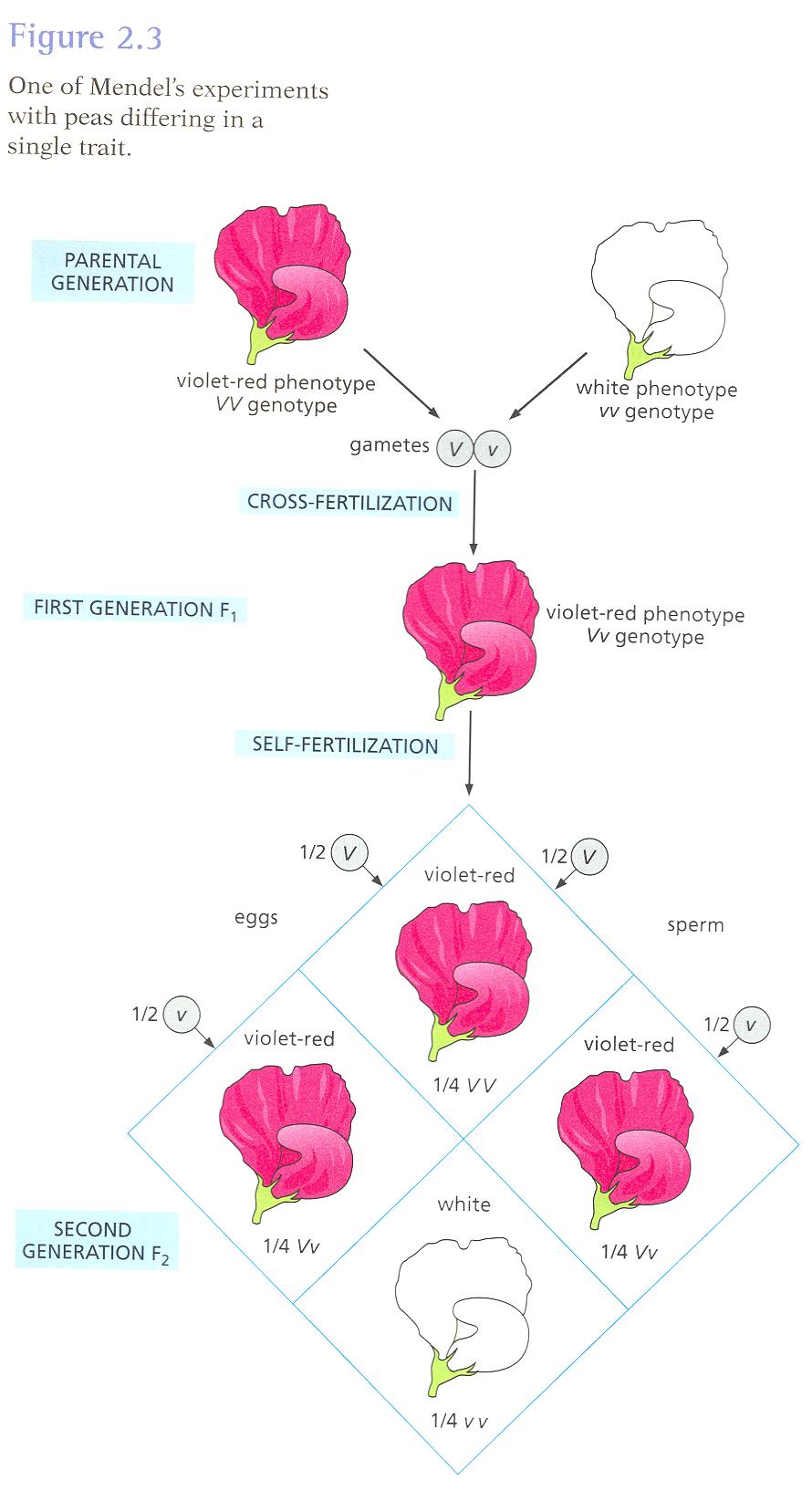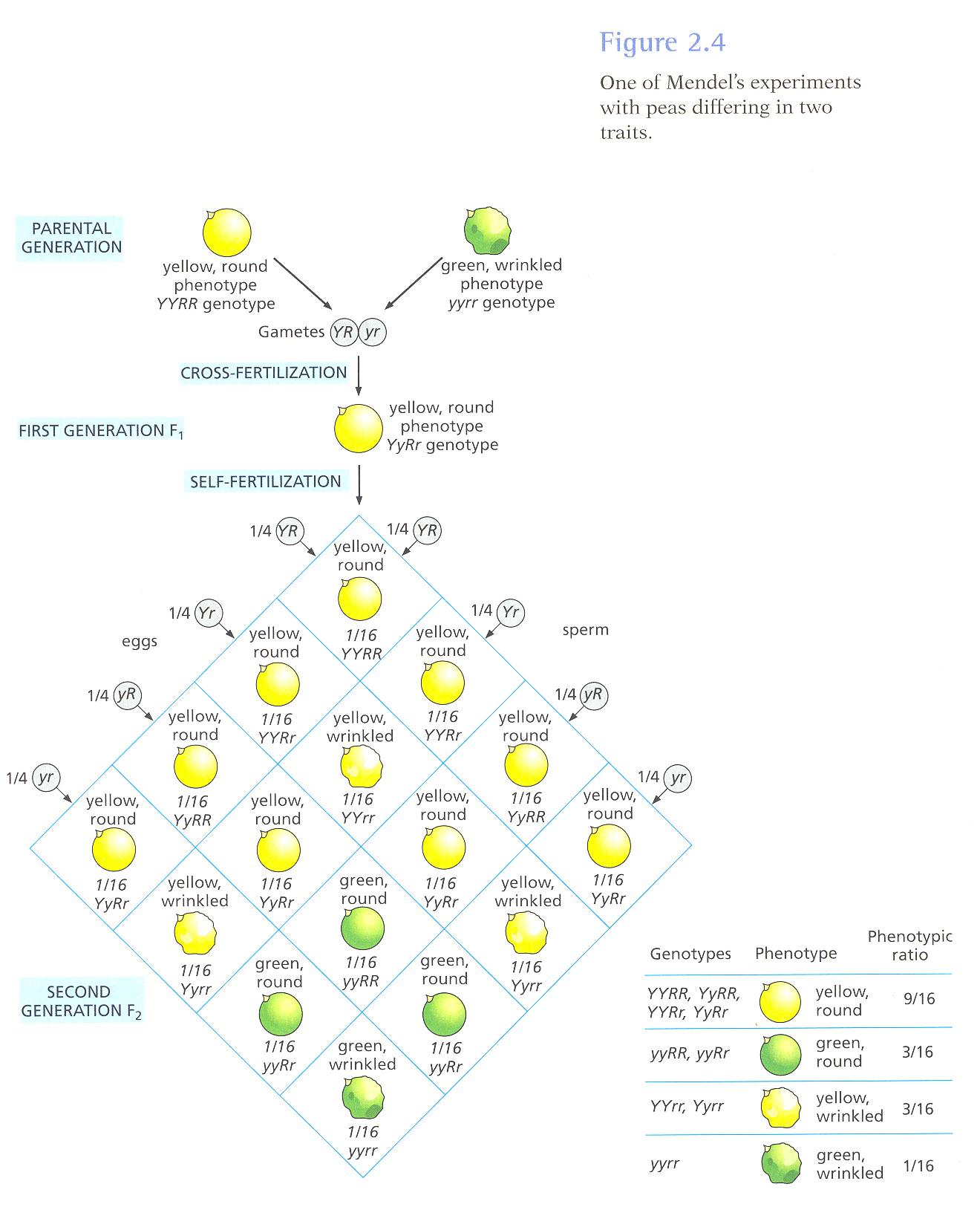Evolution is the process of long-term change in biological systems.
Charles Darwin (1809-1882):
A voyage around the world aboard H.M.S.
Beagle convinced Darwin of several facts that earlier theories could
not explain:
- Different continents had very different species, even in very
similar climates.
- Species sharing a land mass or island group were often related.
- Island species were usually related to those of the nearest continent.
- Similar environments did not always produce the same species or
related species (contrary to earlier theories by Lamarck and Geoffroy).
Darwin1.ppt
Darwin: species not immutable
- Reading of Malthus' Essay on Population
- Observations of animal breeders
- Work on barnacles
- Wallace's letter; Linnaean Society papers (1858)
On the Origin of Species (1859)— in this book,
Darwin explained all the above facts by two new theories:
- branching descent with modification, a branching form of evolution very different from earlier theories.
- natural selection as a
mechanism for evolutionary change.
Evidences for branching evolution ("descent with modification"):
- Patterns of common descent are reflected in classifications, forming "groups within groups".
- Related species share many internal similarities (anatomical,
biochemical, or embryological homologies) despite different
adaptations. Homologies
- These homologies may include vestigial remnants of once-useful parts.
- Similar adaptations often occur under similar circumstances, even
in unrelated species (convergent adaptations).
Convergence
- Related species often inhabit certain land masses or island groups.
- Species on islands are usually related to those of the nearest continent.
- Many types of species are absent on oceanic islands.
Darwin: species on islands
frogs on islands
- Fossils can often be arranged in evolutionary sequences.
- Some species vary from place to place, and the differences
are inherited.
Natural selection:
- All living species tend to over-reproduce.
- Most seeds, eggs, or hatchlings die without reproducing.
- All living species are extremely variable.
- Many of these variations are inherited.
- Inherited differences in survival and reproductive ability
(natural selection) bring about change in each generation.
Darwin quotes: selection
"workmanship"
Selection - examples
Evidence for natural selection as a cause of evolution:
- All living species are highly adapted to their way of life.
- Many adaptations cannot be explain by environmental influence alone.
Examples:
- Unrelated but ecologically equivalent species live on different continents.
- Some embryonic structures (e.g., a flap in the human heart that
seals closed at birth) develop before they become useful
- Some behavior (like bird migration or nest building) occurs
in advance of its usefulness.
- Natural selection can explain mimicry (see below).
- Some adaptations are less than perfect, contrary to Paley's earlier theory
that used perfect adaptation to prove divine creation.
Review: Adaptation
- Structural adaptations
- Biochemical adaptations
- Color & pattern adaptations:
camouflage, industrial melanism, mimicry
- Natural selection has repeatedly been documented (e.g., among
peppered moths in England), and has resulted in changes over time
in natural populations.
Camouflage & Industrial melanism
- Artificial selection by animal and plant breeders has produced many new
adaptations, some of them similar to adaptations occurring naturally.
Mimicry and camouflage:
- Many species gain protection against predators by resembling
their background (camouflage) or by falsely resembling other
species (mimicry).
- In Batesian mimicry, a palatable
species resembles a distasteful or harmful one.
- Mullerian mimicry
is resemblance among distasteful or harmful species.
- Other types: Aggressive mimicry ("wolf in sheep's clothing"); Reproductive mimicry (copulation dummies)
- Mimicry works only when certain models are present,
a fact explained easily by natural selection, but not by Lamarckism
or similar theories, nor by theories of special creation.
- Mimicry may vary geographically, with the same mimic species
resembling different models in different places. Natural selection
can explain this; Lamarckism cannot.
Mimicry
Types of selection: In all types of selection, genotypes contribute genes
unequally to the next generation,
either by differences in mortality and survival, by differences in mating
success, or by differences in fertility and fecundity (leaving offspring).
- Natural selection is differential contribution by natural processes.
The peppered moths of England, selected by predators (birds), are an example.
- Artificial selection is selection of captive species by humans.
- Sexual selection is selection based on success in mating.
- Selection against a dominant trait can eliminate the trait rapidly.
- Selection against a recessive trait works very slowly and becomes
much less effective once the recessive allele becomes rare.
- Selection against heterozygotes can result in either allele becoming
lost and the other taking over 100% of the gene pool.
- Selection favoring heterozygotes over both types of homozygotes
results in balanced polymorphism in which both alleles persist
indefinitely. Sickle-cell anemia is an example of this situation.
- Directional selection shifts the population mean.
- Disruptive selection increases population variance.
- Centripetal or stabilizing selection (very common) reduces variance.
Selection - examples
|


